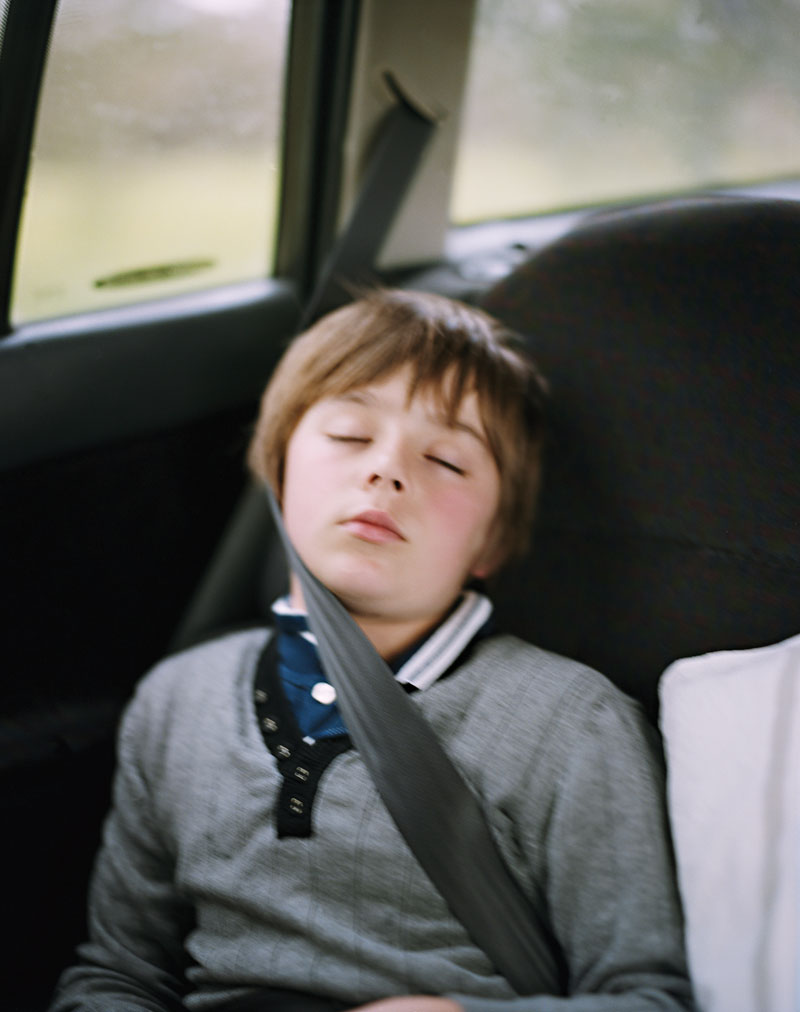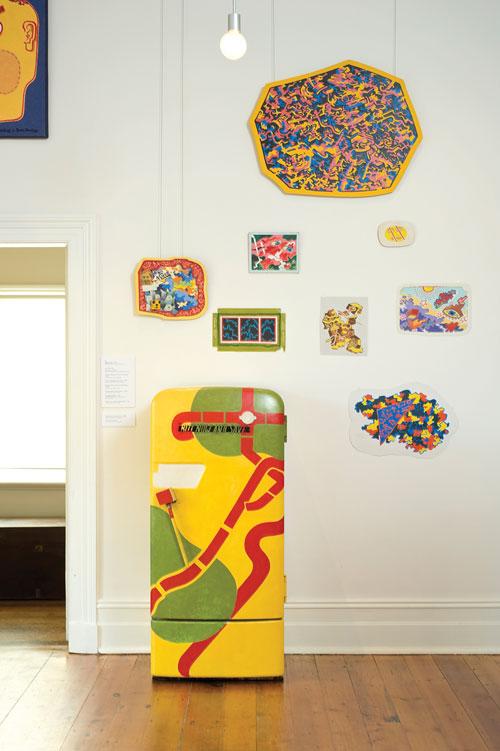
Photos of children, especially of your own, are not usually exhibition material. There are exceptions, of course, where the images take on social and cultural significance and the subject has the gravitas of universality. Many Australian women artists have used their children as subjects or models and successfully leapt from the everydayness of sentimentality to deeper narratives of intimacy and the human condition. Del Kathryn Barton won the Archibald Prize in 2008 with a painting of herself and her children which really was a personal evocation of love while Deborah Pauuwe's images of children represent acts and memories that resonate for wide audiences.
Other mothers have not had it so easy. Polixeni Papapetrou was vilified by some sections of the media when in response to the police seizure of Bill Henson’s images of naked young girls, her image of her young daughter nude in Olympia as Beatrice Hatch by White Cliffs featured on the cover of Art Monthly in 2008. Ten years earlier in Perth, Connie Petrillo was acquitted in a traumatic prosecution by the WA police for photographic studies for paintings of her sons, semi-naked in art historical poses. These reactionary tendencies of the media, the State and the keepers of morality culminated in a campaign against the representation of unclad youth in Australian art.
Wilkinson does not portray her children in states of undress but still they are revealing. Her images have none of the darkness of Henson or the references to art history of Petrillo and Papapetrou. But the very act of exhibiting images of your children is an act of exposure. The mother is well-placed to source images of the child and no doubt Wilkinson has thousands of shots of these willing models, she has unlimited access and there is a relationship of trust.
The artist portrays her teenagers in public and private spheres, in the car, on trains and rooftops and streetscapes, posing, dozing, passing through the world or frozen in contemplation in a moment of engagement with their mother’s camera. In this portrayal there is a depth of intimacy and surrender we rarely see in photo-portraiture. Her subjects are placed centrally in the image and beautifully framed by skies and arches. Text from the metropolis provides visual clues - "gap", “depression” – that contrast with cocoon images where couches and blankets envelope the innocent. There are references to America in the 12 images – the flag, the slogan “yes we did” and the Empire State Building in the distance, that reveal that this is a travelogue both literal and metaphorical.
If travel is a metaphor for the journey of life, these kids are just at the beginning and it is not all fun. Like life, travel is full of highs but there are also those uneasy moments of uncertainty, lots of waiting and downtimes that punctuate the way, the spaces in-between, hitches, glitches and other peoples’ agendas, where you must relinquish control and can only surrender to the unknown future. These portraits of Georgia and Henry have that psychological chill factor where happy souls are worn down by the trials of life – disengaged, detached, weary angels with perfect skin and knowing eyes. The images evoke memories of powerlessness and impatience despite expansive horizons.
Wilkinson has immersed herself in both the expression of identity and the maternal relationship in documentary photography over many years in her practice, and in her research. It is heartening to see such poignant images can transcend the family snapshot and the intimate record of time passing, to evoke a kind of universality where her kids as subjects represents us all as children – the vulnerable, gutsy, defiant and retiring selves that are still at the heart of our souls.
The ability of images in a gallery to move us is so tied to the aesthetic quality of the product. The composition and meaning of the imagery is one part but the seamless presentation is also crucial to our experience. I prefer to see photographs or digital prints without glass and to enjoy their texture and materiality but steel pins, tabs and kinks in the paper distract from the reverie. A problem only money can solve.












